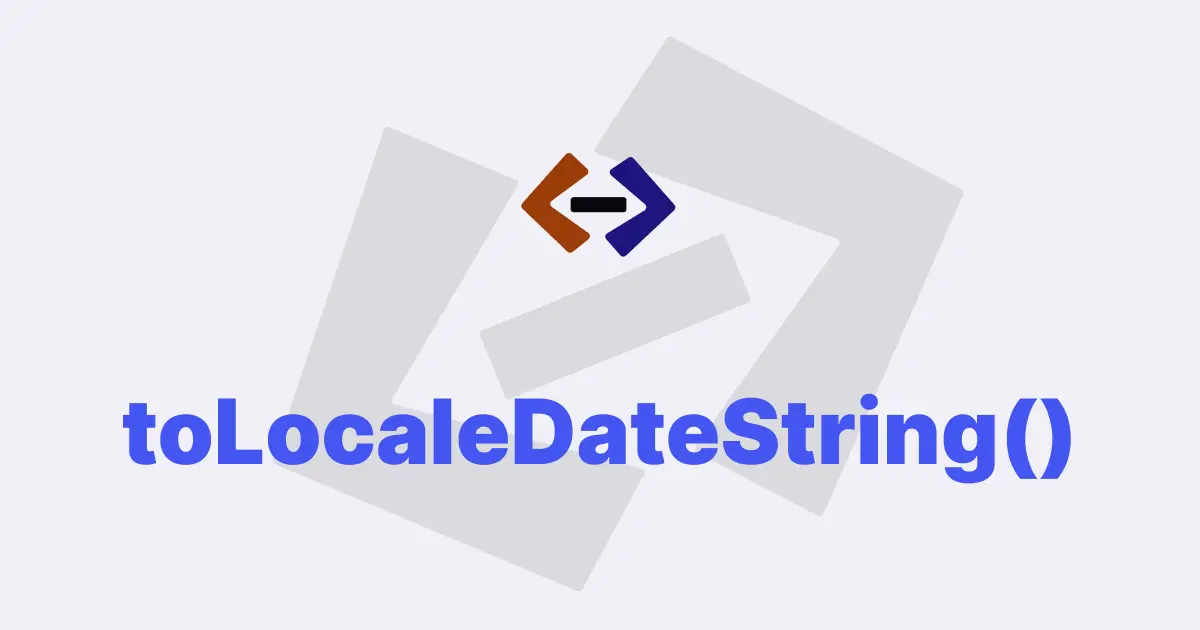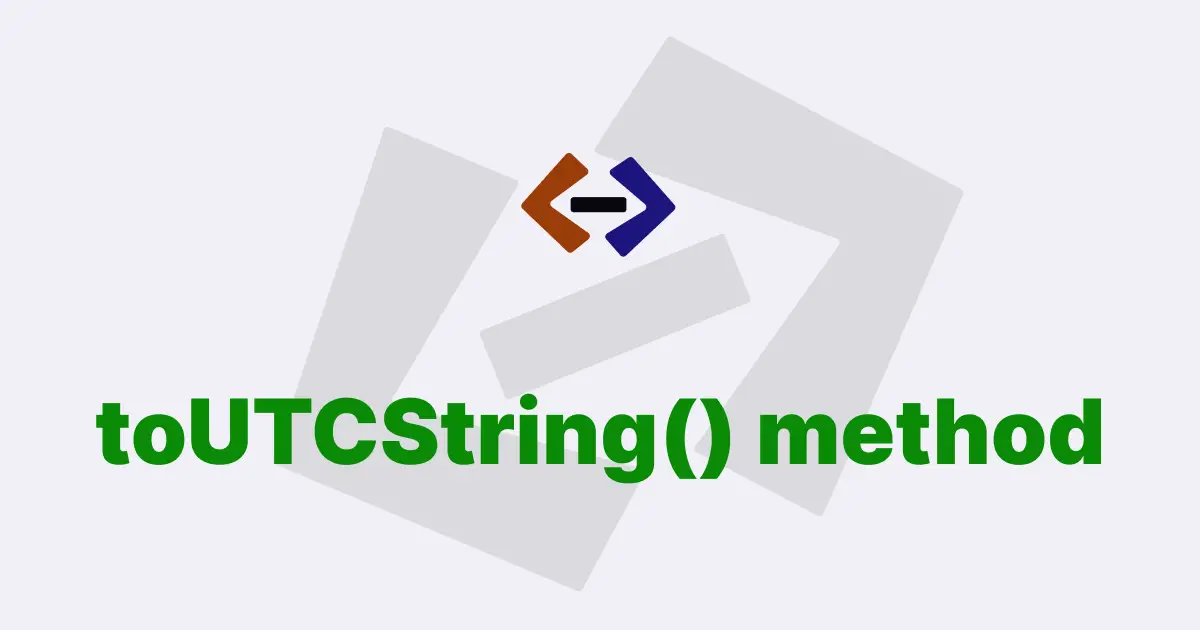In JavaScript, the Date object is used to work with dates and times. It provides various methods to work with dates and times, including the toISOString() method.
In this article, we will discuss how to use the toISOString() method to convert a Date object to a string in ISO format.
The ISO format:
The ISO format is a standardized format for representing dates and times. The format is YYYY-MM-DDTHH:mm:ss.sssZ, where:
YYYYis the year (four digits)MMis the month (01 to 12)DDis the day (01 to 31)Tis a separator between the date and the timeHHis the hour (00 to 23)mmis the minute (00 to 59)ssis the second (00 to 59)sssis the millisecond (000 to 999)Zis the time zone (Z represents UTC, +HH:mm or -HH:mm represents the time zone offset)
Using the toISOString() method:
The toISOString() method is a built-in method of the Date object in JavaScript. It returns a string representation of the Date object in ISO format.
The syntax for using the toISOString() method is as follows:
dateObject.toISOString();Here, dateObject is the Date object that you want to convert to ISO format.
Here is an example:
const date = new Date("2022-05-10T12:34:56.789Z");
const isoString = date.toISOString();
console.log(isoString); // Output: 2022-05-10T12:34:56.789ZIn the above example, we create a new Date object using the date and time in ISO format. Then, we call the toISOString() method on the date object to get the ISO string representation of the date and time.
Converting a date string to an ISO string:
Sometimes, we might have a date string in a format other than ISO format, and we want to convert it to ISO format. We can do that by first creating a Date object using the date string and then calling the toISOString() method on the Date object.
For example:
const dateString = "2022-05-10 12:34:56";
const date = new Date(dateString);
const isoString = date.toISOString();
console.log(isoString); // Output: 2022-05-10T12:34:56.000ZIn the above example, we have a date string in the format YYYY-MM-DD HH:mm:ss. We create a new Date object using the date string, and then we call the toISOString() method on the date object to get the ISO string representation of the date and time.
Use of ISO string in a JSON object:
The ISO format is commonly used in JSON objects to represent dates and times. When we use the JSON.stringify() method to convert a JavaScript object to a JSON object, any Date object is automatically converted to an ISO string.
For example:
const data = {
name: "John Doe",
birthDate: new Date("1980-01-01"),
};
const jsonString = JSON.stringify(data);
console.log(jsonString);In the above example, we create a JavaScript object data with a name property and a birthDate property, which is a Date object. Then, we use the JSON.stringify() method to convert the data object to a JSON object. The resulting JSON object will have the birthDate property as an ISO string representation of the date.
Handling time zones:
When working with dates and times, it’s essential to handle time zones correctly. The toISOString() method always returns the date and time in UTC, with the Z at the end representing the UTC time zone. If we need to represent the date and time in a different time zone, we need to do some additional processing.
For example:
const date = new Date("2022-05-10T12:34:56.789Z");
const timeZone = "America/Los_Angeles";
const localDate = new Date(date.toLocaleString("en-US", { timeZone }));
const isoString = localDate.toISOString();
console.log(isoString); // Output: 2022-05-10T05:34:56.789ZIn the above example, we have a Date object date representing a date and time in UTC. We also have a timeZone variable representing the time zone we want to convert to.
To convert the date and time to the specified time zone, we create a new Date object localDate using the toLocaleString() method with the timeZone parameter. This method returns a string representation of the date and time in the specified time zone. We then create a new Date object using the string representation, which gives us a Date object representing the date and time in the specified time zone.
Finally, we call the toISOString() method on the localDate object to get the ISO string representation of the date and time in the specified time zone.
Thank you for reading, and let’s have conversation with each other
Thank you for reading my article. Let’s have conversation on Twitter and LinkedIn by connecting.

